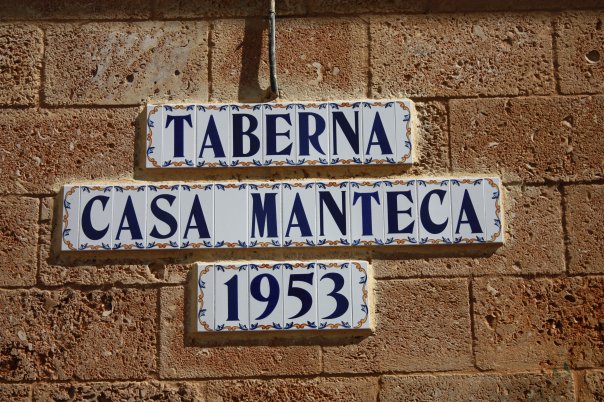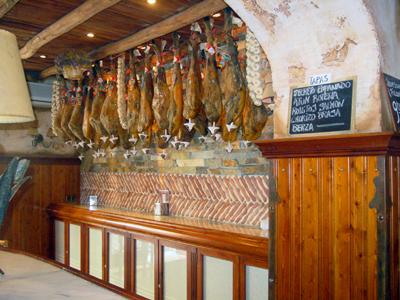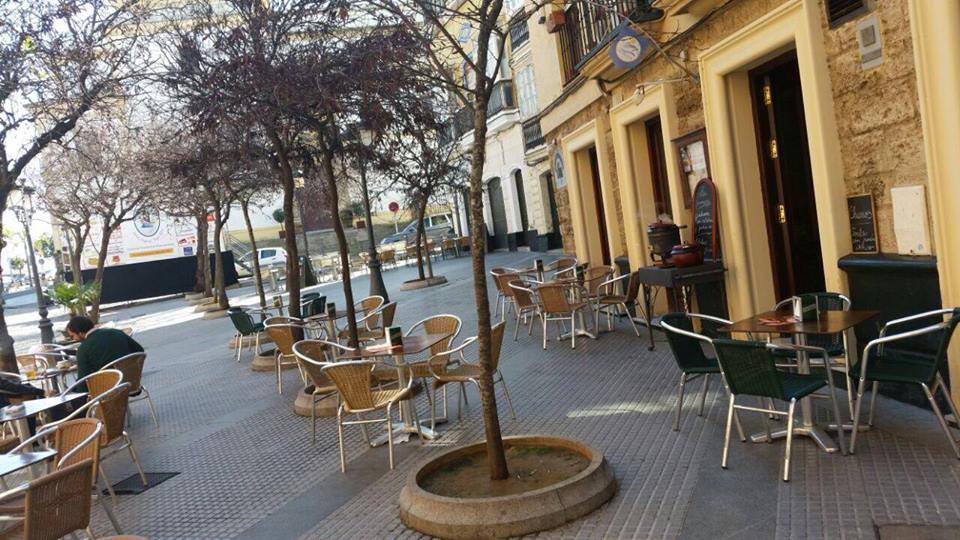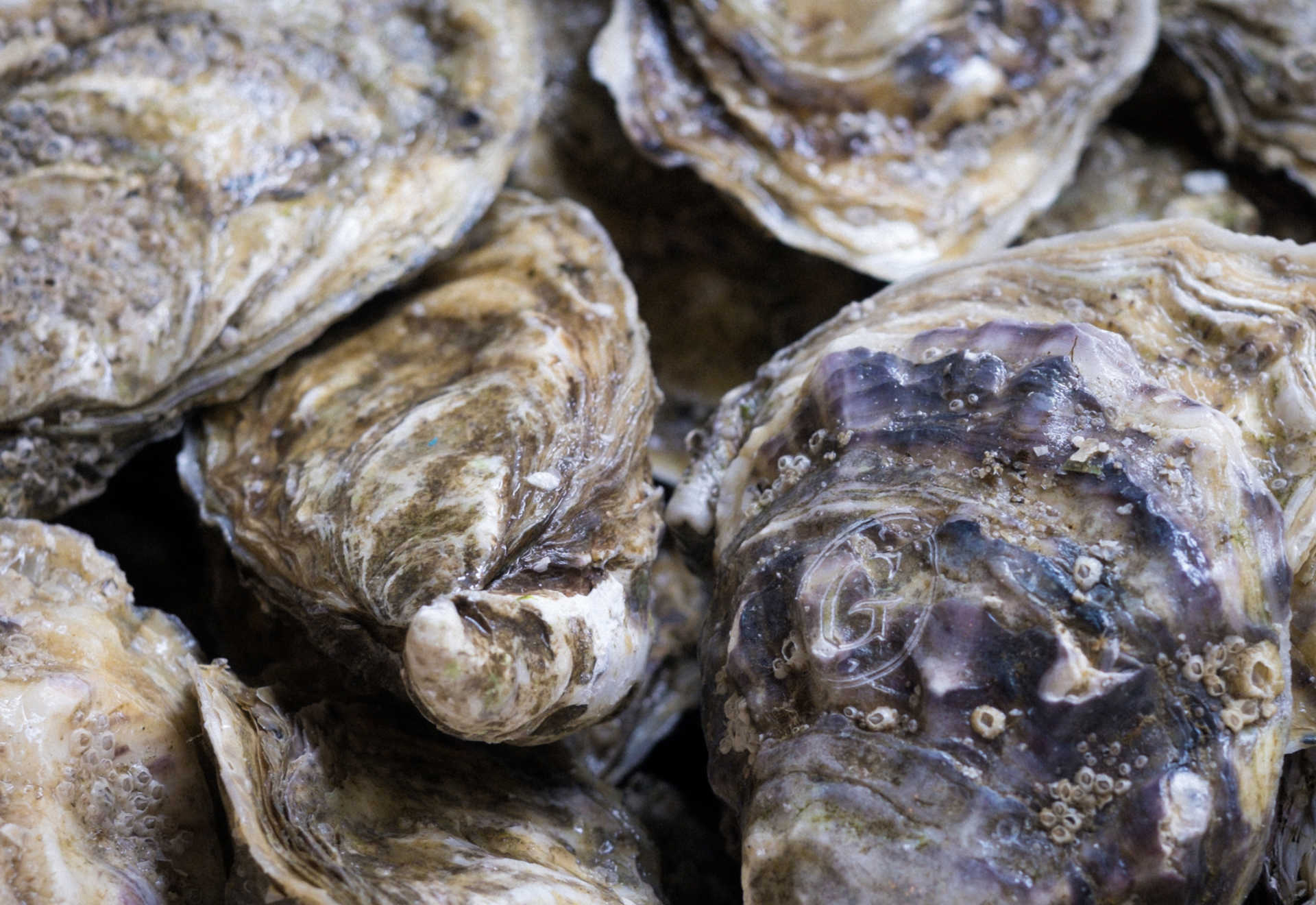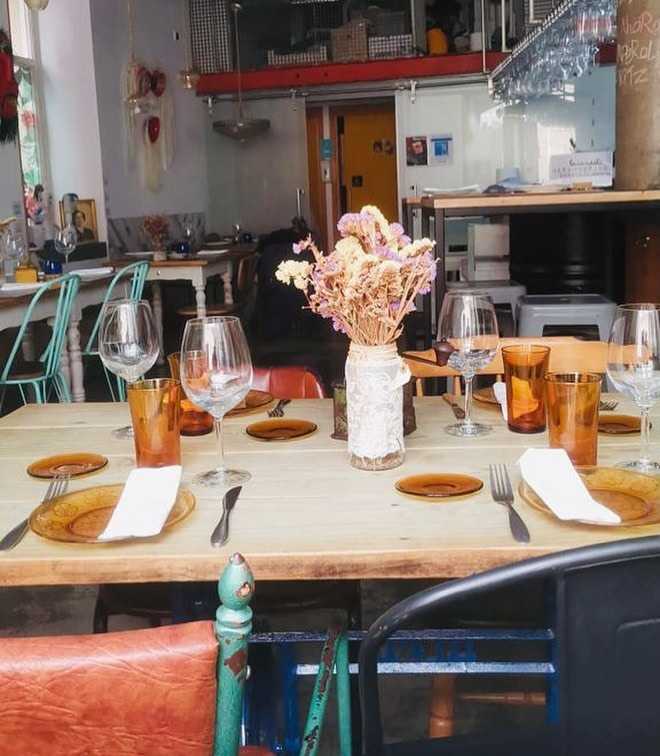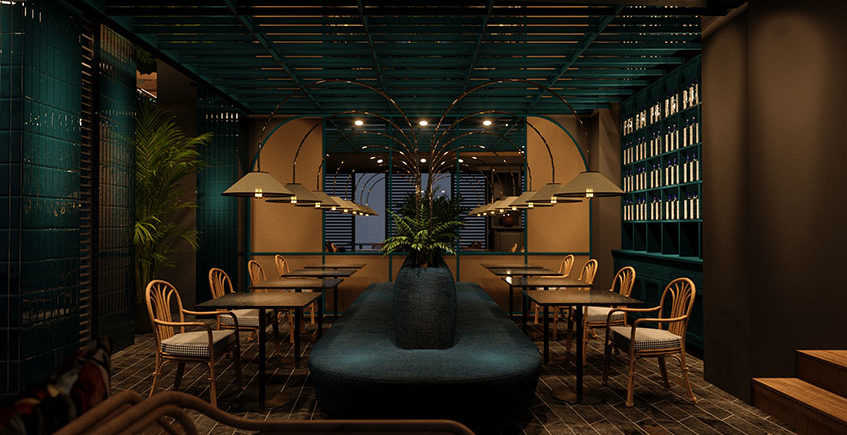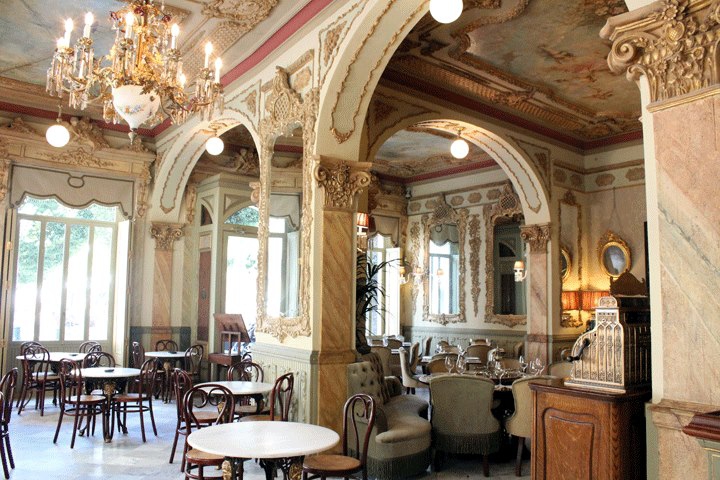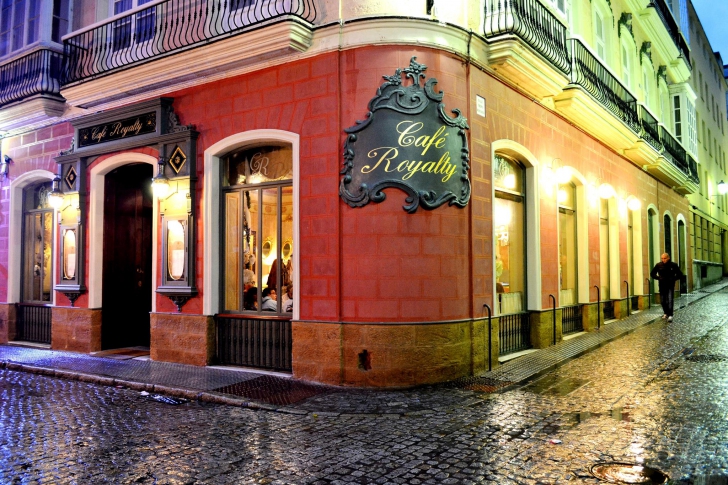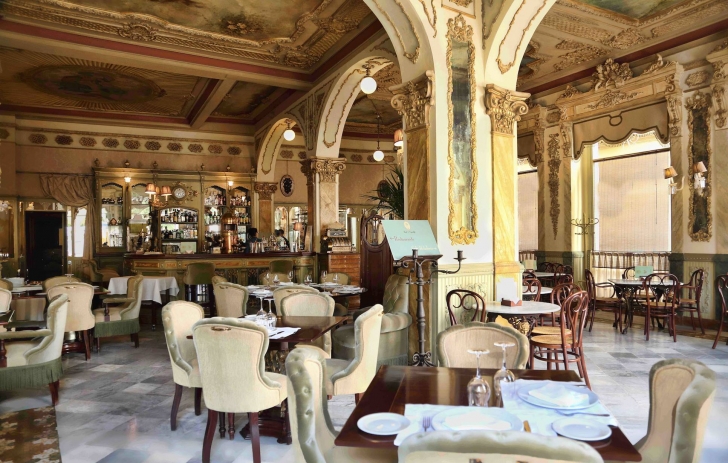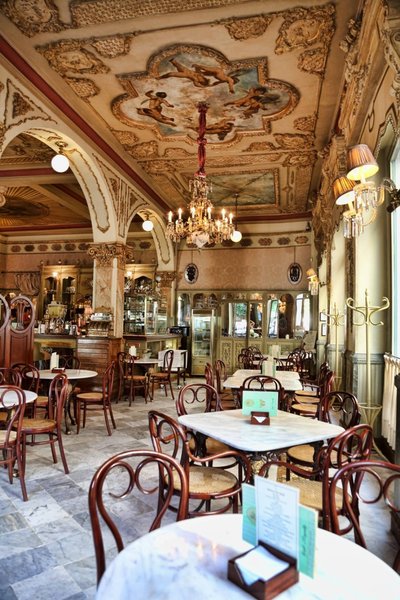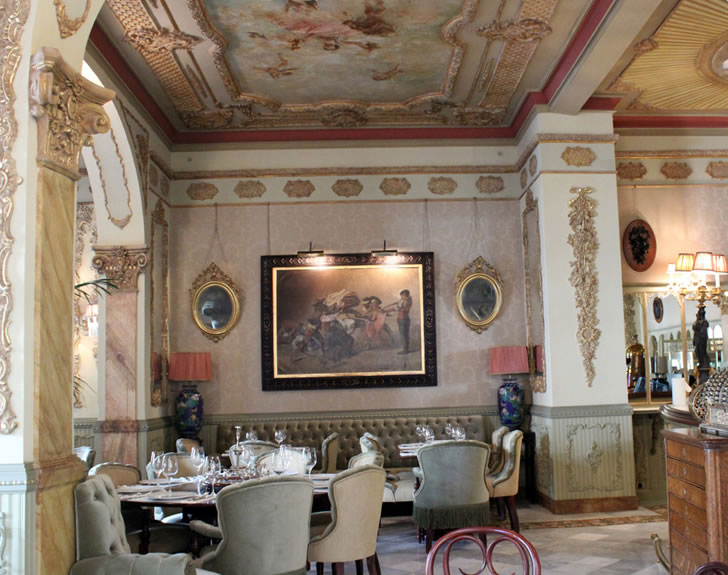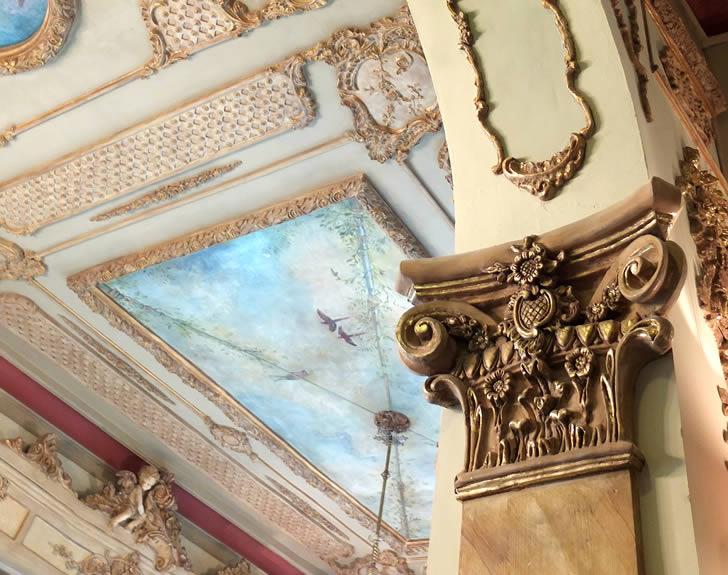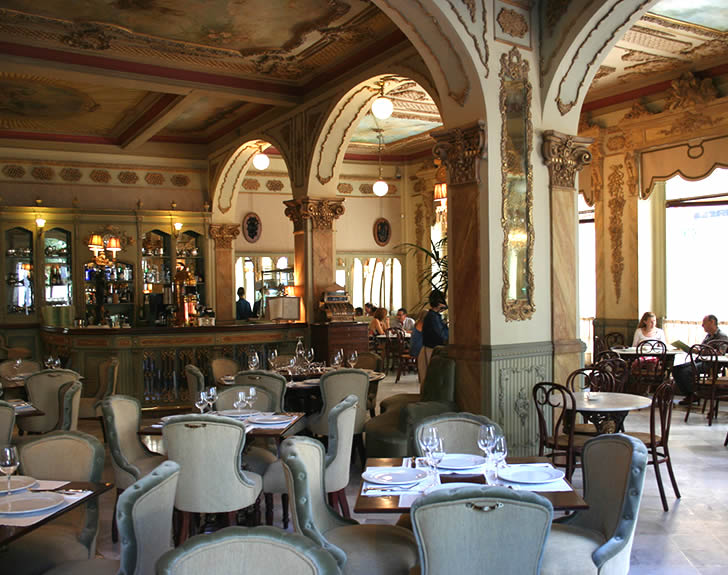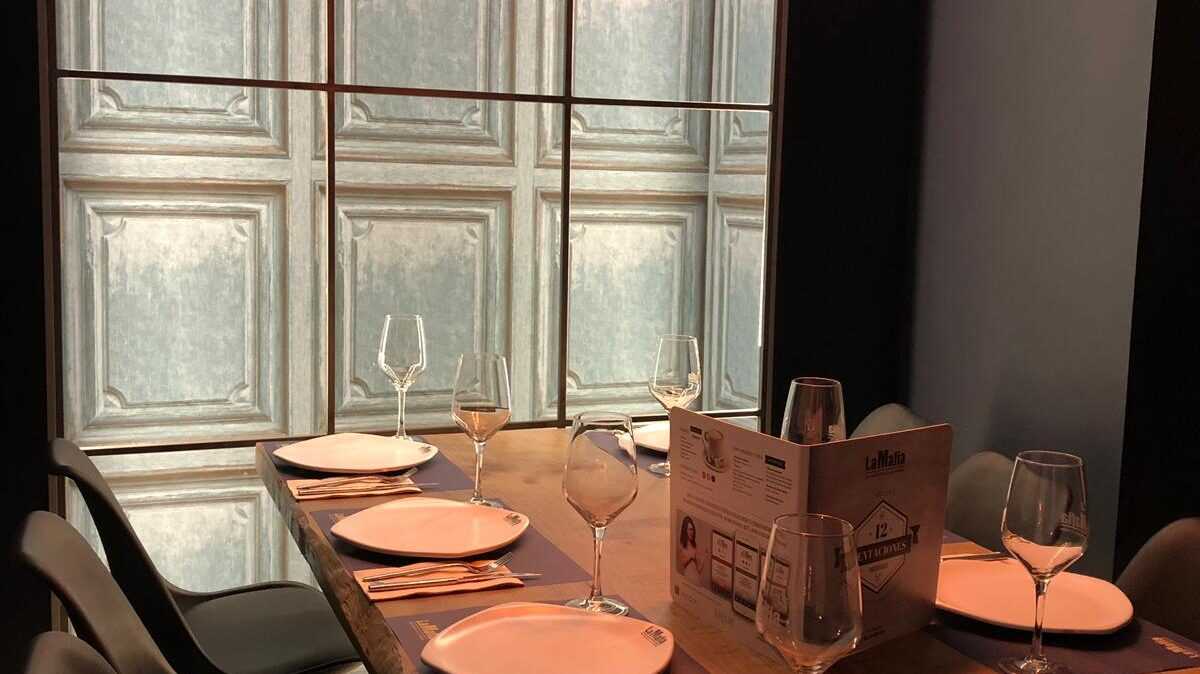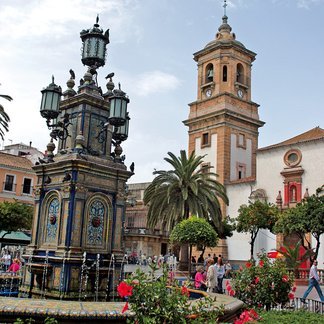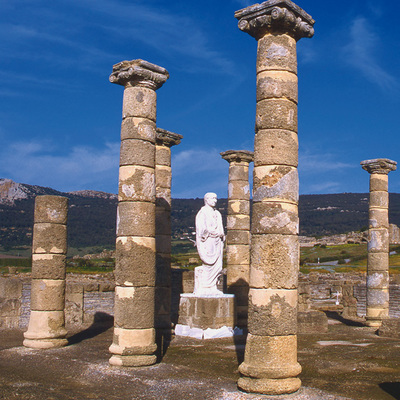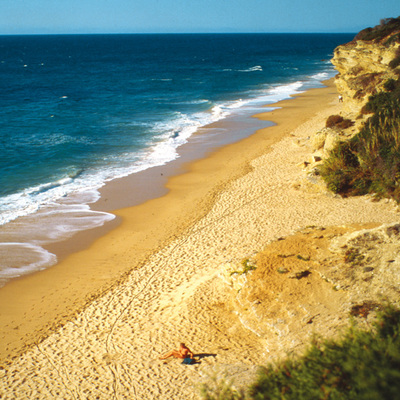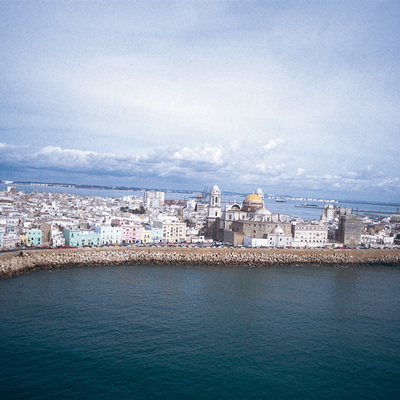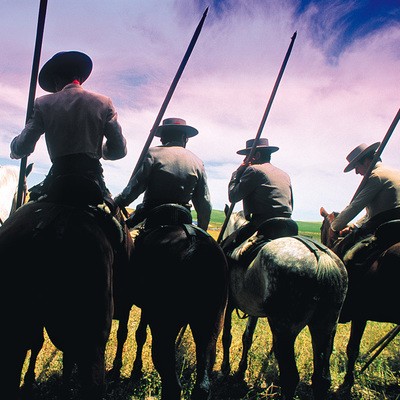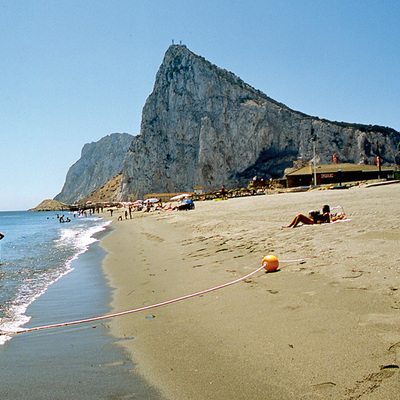Café Royalty
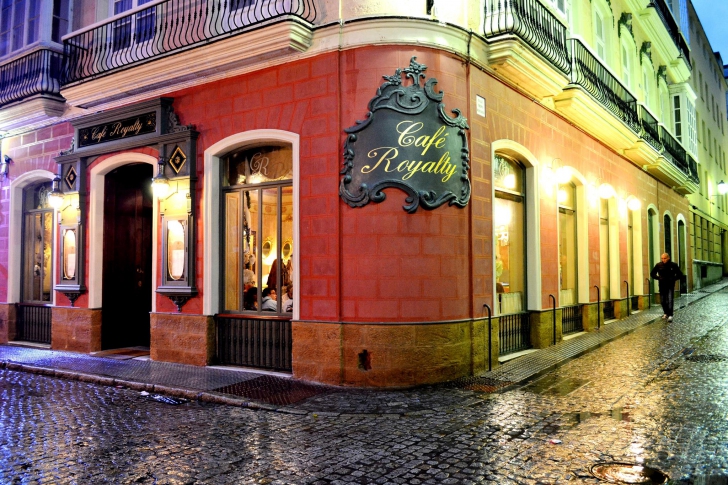
Located in the heart of the city of Cadiz, the Café Royalty Restaurant is the only great historical romantic cafeteria still preserved in Andalusia and possibly in the whole of Spain. Visitors will find the splendid paintings by renowned artists like Felipe Abarzuza, the exquisite traditional carpentry and original plasterwork covered with delicate gold leaf, and the early 20th century furniture very interesting.
The carefully selected menu, where quality is the reference point for all the dishes, is based on traditional cuisine updated with best products to be found in the province of Cadiz. Traditionally caught blue fin tuna, "Retinto" beef, common sea bream from the Bay of Cadiz and octopus are just some of the ingredients used renowned dishes like red tuna tataki, grilled sea bream with cuttlefish rice, Retinto fillet steak and many others.
The Café Royalty Restaurant also has an extensive cafeteria service available all day and serving a wide variety of tapas prepared with top-quality ingredients like langostino prawns from Sanlúcar. Then there are the Royalty breakfasts, classified as one of the five best breakfasts in Spain by the prestigious magazine Condé Nast, and the renowned homemade cakes made by a select traditional bakery.
And to cap it off, what better than one of the delicious cocktails from the cocktail menu. In short, top-quality service from morning to midnight.
The Cádiz businessman Gómez Doreé opened it in 1912 to celebrate the centenary of Las Cortes de Cádiz in 1812. Its sumptuous décor, exquisite products, excellent service and concerts every night meant that it soon became the most visited cafeteria in the city. Writers, intellectuals, politicians, musicians and artists gave the cafeteria a diverse and unique atmosphere. It was frequented by illustrious international personalities like the great composer from Cadiz, Manuel de Falla, who delighted the public with his concerts. In the 1930s, on the eve of the Spanish Civil War, the Café Royalty decided to close its doors. In the post-war, in the 1940s, it was converted into a warehouse and shortly after into a bazaar, declining into decadence and forgotten for the next seven decades. In 2008, the Serna Martín family bought the establishment and decided to restore it. After painstaking research, a group of artists and restorers were brought together and used the same techniques and materials used at the beginning of the 20th century. The restoration process was very long, remaining faithful to History and the original 1912 décor was restored down to the finest last detail.
Services and infrastructure
Target audiences
Segments
Specialties
Characteristics
Types of cuisine
You may be interested
